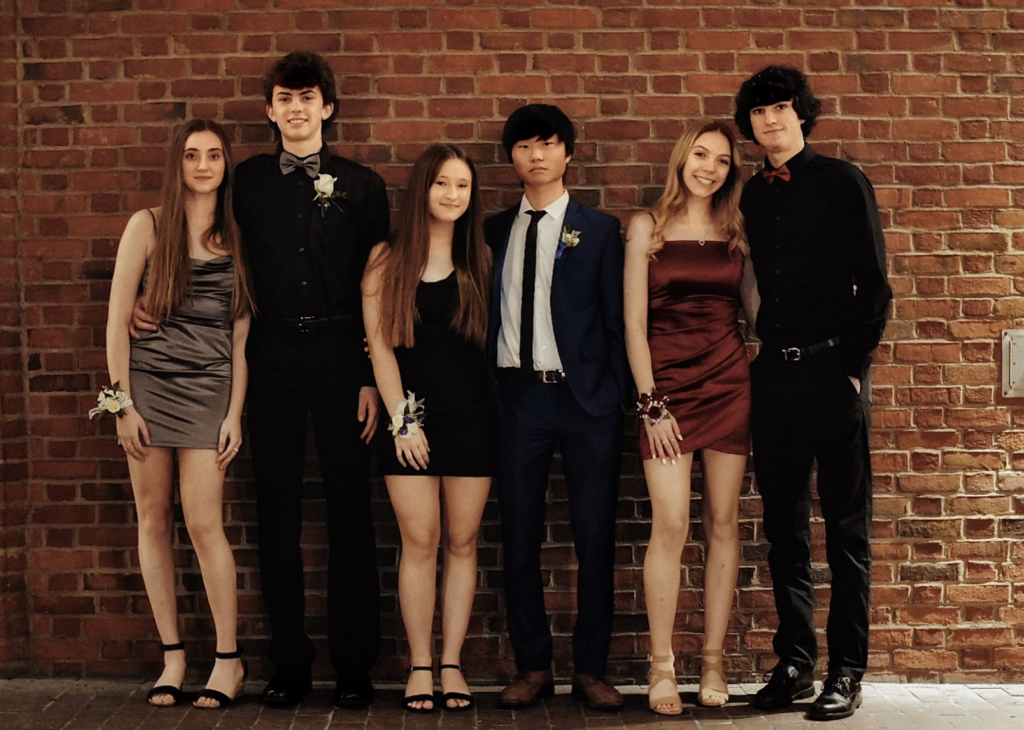Let's face it. We love taking photographs, and in many cases, these pictures include people. A lot of the images that we see depicting people fit comfortably within the genre of portraiture.
Portraits have been with humanity throughout history and have left us not only with a huge number of images of faces, but also a legacy that shows who our ancestors were and who we are today.
A portrait is a form of biography. Its purpose is to inform now and to record for history.
Arnold Newman
We can find portraits in art galleries and books, and they have become treasures for many families and are a fundamental part of even routine things such as the bureaucracies that require our IDs. Portraits show us who we are.

Portraits are an important photographic genre – but, like all genres, there will always be variants that make a certain genre even more specialized.
Today we'll define what portraits are, and also what environmental portraits are. Through this, we hope to establish the clear difference between the two photographic styles to understand that, while both are technically “portraits”, one of them tries to tell us a deeper and more human story.
Historically, portraits exaggerated people’s physical characteristics. These exaggerations were idealizations of what was considered as beauty and strength in those epochs.
Photography broke with all this convention because photography “shows us the truth”. (The veracity of the photographs we see today is highly debatable, but we won’t discuss that topic here.) What is certain is that portraits before the invention of photography responded to physical idealizations, which is why most rulers and emperors in paintings look so similar to each other.
What Is A Portrait?
Portraits are images created to portray or represent a person with an emphasis on their physical gestures and face. A portrait usually manages to show the personality of a human being and even their particular mood.
It is understood then, that a portrait is not a simple snapshot since it has a strong idealized element within it achieved through the pose (beyond the exaggeration of anatomical elements, as was done in the distant past when painting and sculpture were the only ways to create a portrait).

Portraits, in general, show a certain awareness of the subject over the action of the portraitist capturing the expression the subject wants to project, or the awareness the portraitist manages to manipulate through the direction of poses.
What is Portrait Photography?
Portrait photography is a popular global industry that centers on showing people according to a predetermined concept. Many people like having a professional photographer shoot their portraits, as well as those of their family members. People’s reasons for wanting a portrait are diverse – from wanting to hang the picture in their homes, to showcasing it on social media.
Usually, professional portraits are made during special moments or personal milestones like graduations or weddings. Since the beginnings of democratized photography, portraits have become more popular than most other genres due to their accessibility.

Traditional portraits were made using simple lighting setups and simple backgrounds. Cameras have evolved so much that taking a 30-second exposure (as was required in the 19th century) is now completely unnecessary.
As photography evolved, portraiture was able to capture people in a more candid way instead of in the gloomy, serious poses we saw in the beginning. Just imagine keeping a smile still for 30 seconds and you'll understand why all early photographs depicted only serious people.
What Is An Environmental Portrait?
Environmental portraits go the extra mile in terms of storytelling. They usually show a person within not just a familiar context, but in their most comfortable zone – usually, their place of work; whether they are creative or not, these venues contribute to the identity of the person being portrayed.
Here, the background becomes another subject, because without that specific space the portrait would be just that – a regular portrait.

The great thing about environmental portraits is that for the subjects to be portrayed, everything must appear to be more natural than simply standing in front of a white or black backdrop. The subjects are inhabiting their own space, the place where they usually create and craft their stuff every day.
Environmental portraits have become a great thing in fashion, but their true niche resides in creators and workers. People like Arnold Newman and others have focused on public and famous figures when it comes to their environmental portraits.
These kinds of work often require some time on the photographer’s part to get to know the people they are portraying in order to capture them in the most natural way possible.

Environmental portraits have become popular not just because they are extremely compelling, but because photographers are trying to narrow their styles as the competition grows.
In a future article, we'll cover some photographers that have become famous for their environmental portraiture.







1 Comment
Many professional photographers are afraid that they are surplus to requirements now that everyone has a smartphone with a camera. Do you mean this phenomenon when you write about „democratized photography“? I think that there will always be sufficient income for professional portrait photographers who do their job well. And by this, I do not only mean technically perfect photographs, I mean the whole experience for our customers. If they feel at ease when working with us, they will recommend us and return for another shoot.